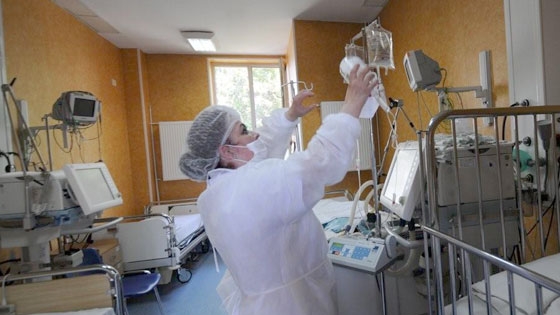Even though Romania narrowed the gap with European Union economies over the last fifteen years, cracks in its economy broke wide open when the financial crisis hit. Years of overspending both by the private and public sector resulted in runaway deficits. Government budgets were awash in red ink, in part because of expanded entitlement programs and pensions, but also due to inefficient investing. Yet government services were of uneven quality and did not adequately provide for the country's poorest.
Romania felt the crisis acutely as revenues plummeted and the economy contracted. And although the country is recovering, many Romanians still struggle to make ends meet, says a minimart shopkeeper on a quiet side street off a loud Bucharest boulevard. "People are still buying less, and they only buy what they need," she says.
To right the economy and reform public sector programs in the midst of the financial crisis requires political will but also a roadmap and assistance. That is why the World Bank, the International Monetary Fund and the European Commission in 2009 put together a EUR 20 billion package to support the government as it enacted tough fiscal measures, including difficult and unpopular wage and pension cuts, while working to insure a safety net for the poorest.
The government also embarked on structural reforms. It started to change the way it finances education—to make it fairer and more efficient. It took a look at its social protection programs to find out ways to reduce waste and fraud and better target the vulnerable. And it began to tackle its fifty-year old health care system—one that relies heavily on use of hospitals.

